2026 Toyota C-HR Up Close: Spunky Questions

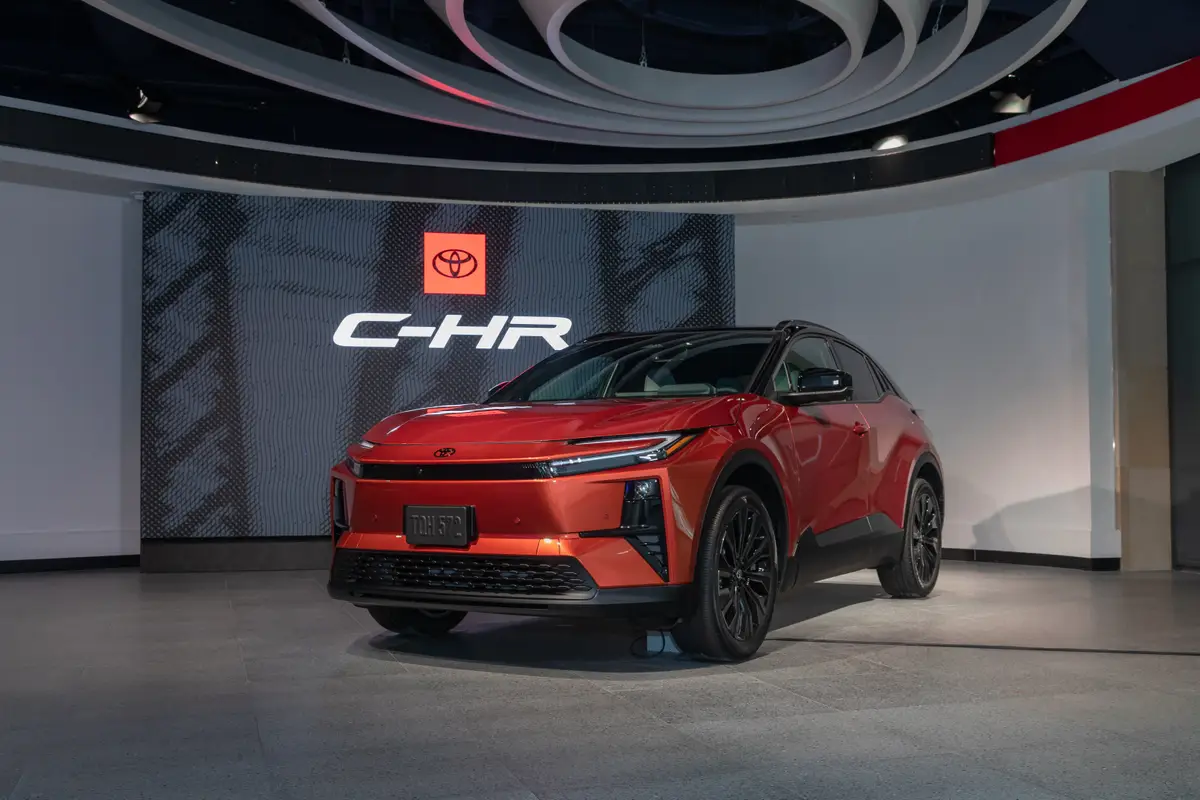
The return of the Toyota C-HR was not on my bingo card for this, next or any year, let alone as Toyota’s sporty-ish entry-level all-electric SUV. But here we are, and so is the 2026 Toyota C-HR. As part of the automaker’s mini auto show held at its Texas headquarters, I got some time to poke around the newest Toyota electric vehicle, and I think folks are going to snap this resurrected C-HR up in strong numbers. (Per our ethics policy, Cars.com pays for its own travel and lodging when attending such manufacturer-sponsored events.)
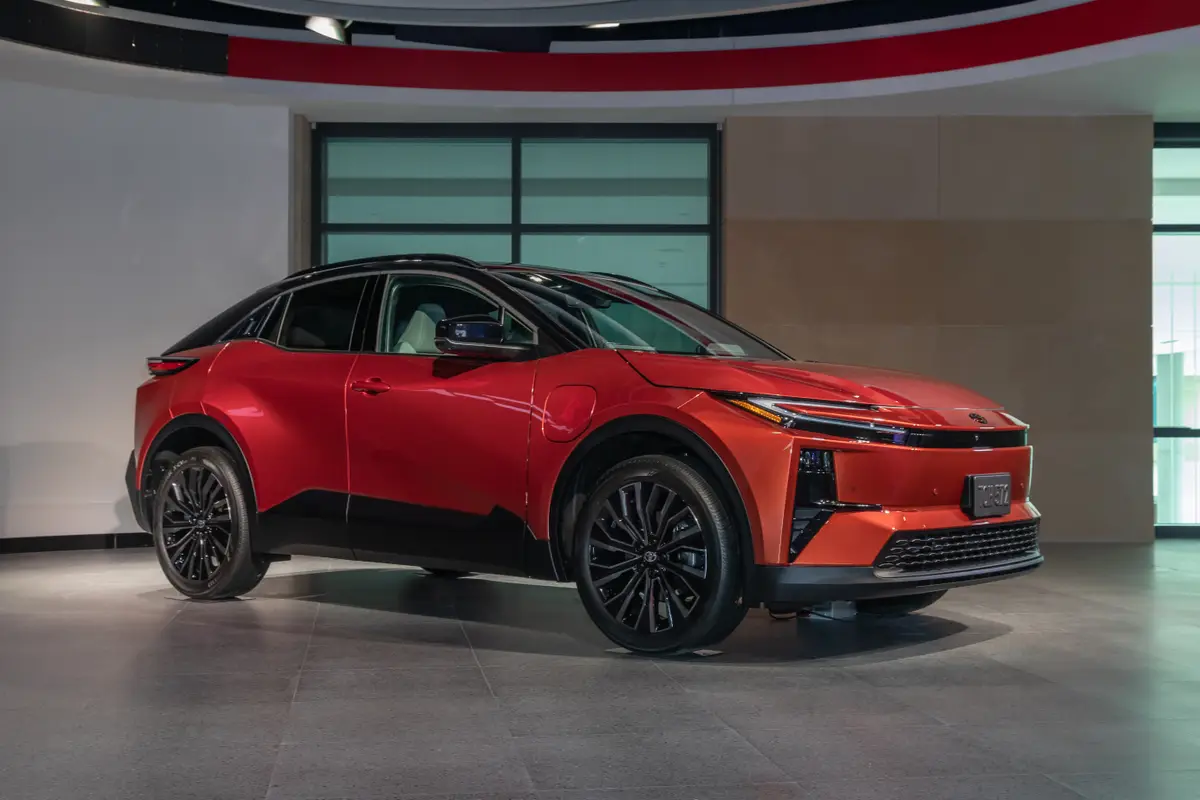
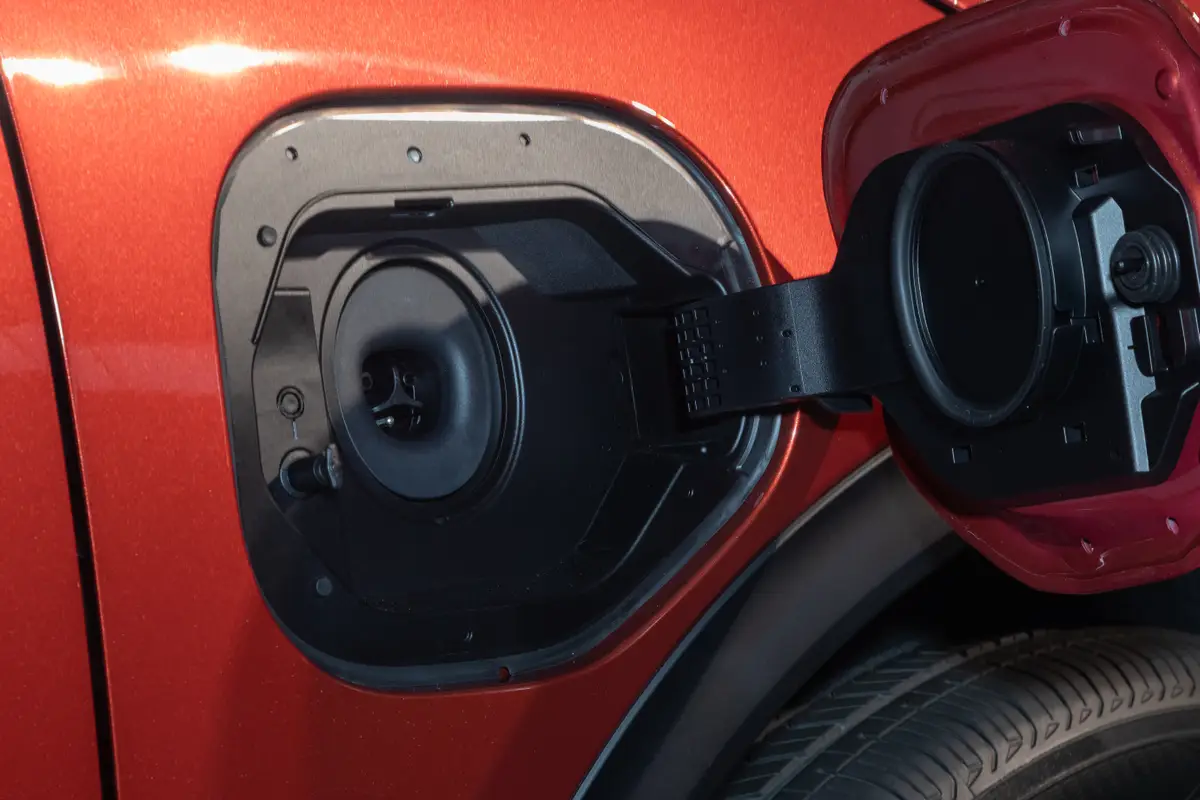
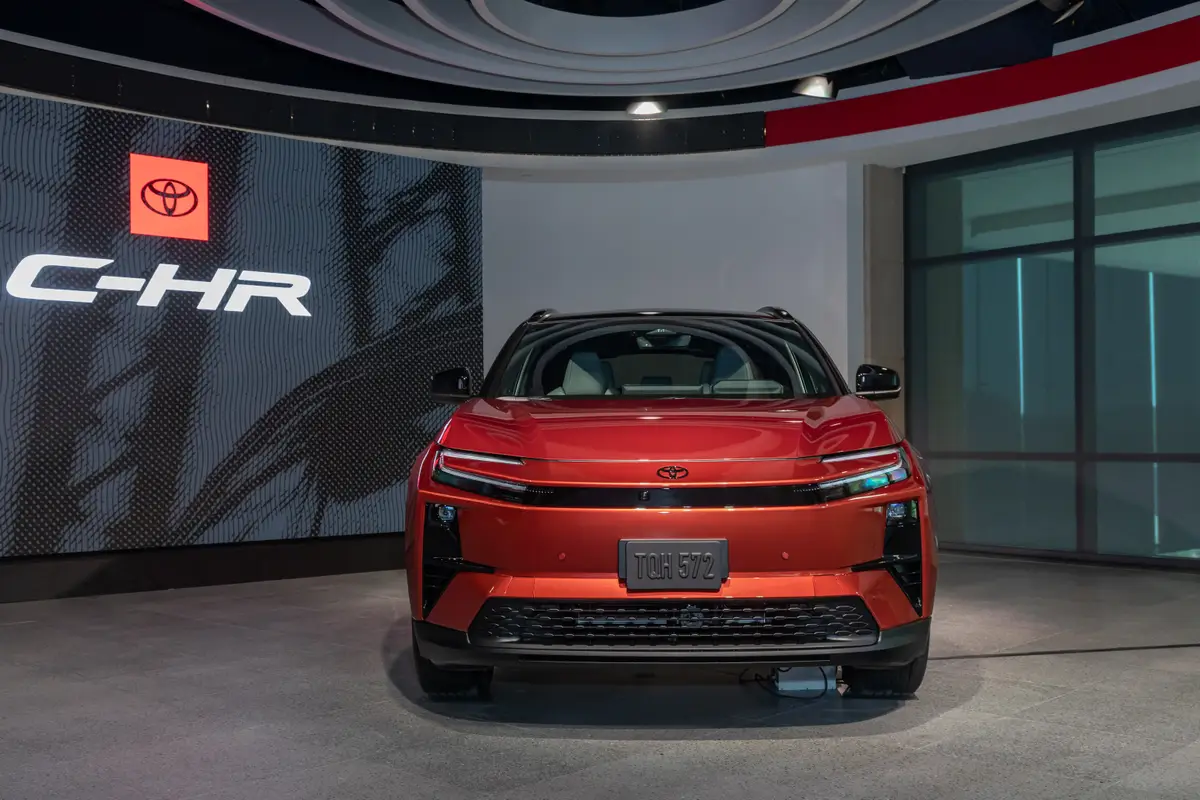
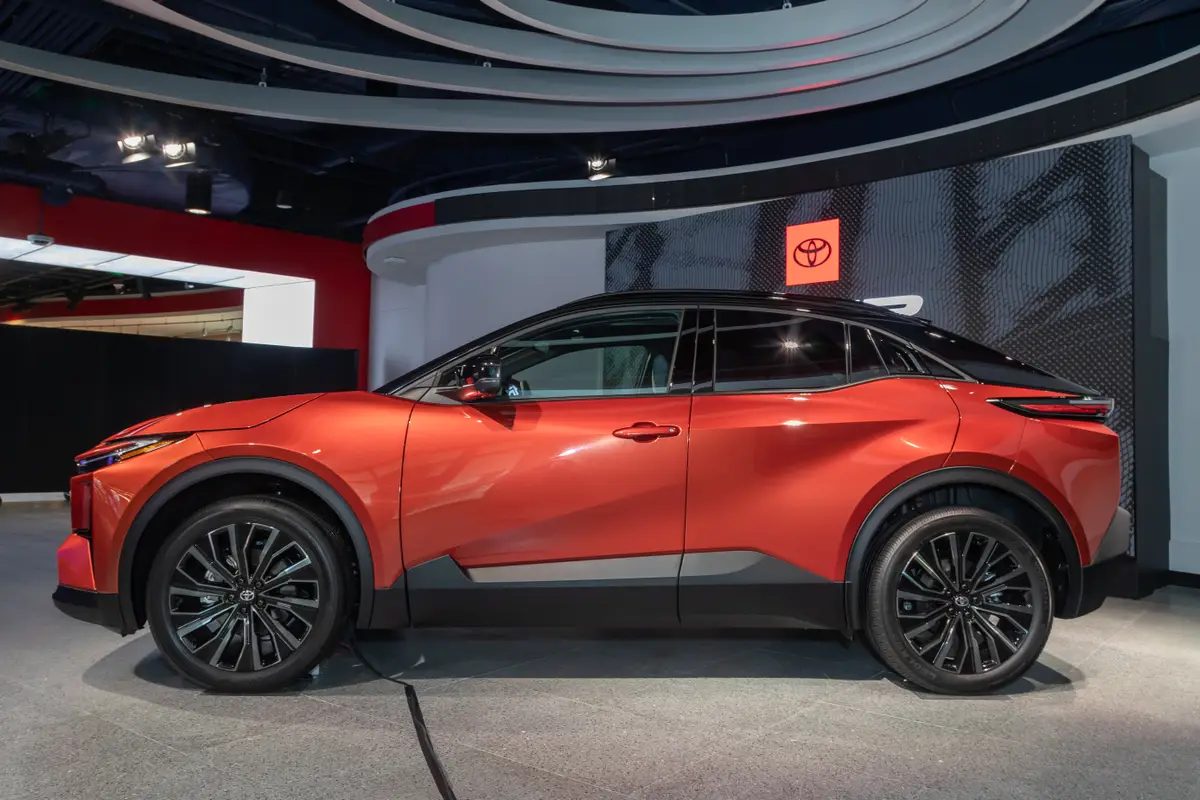
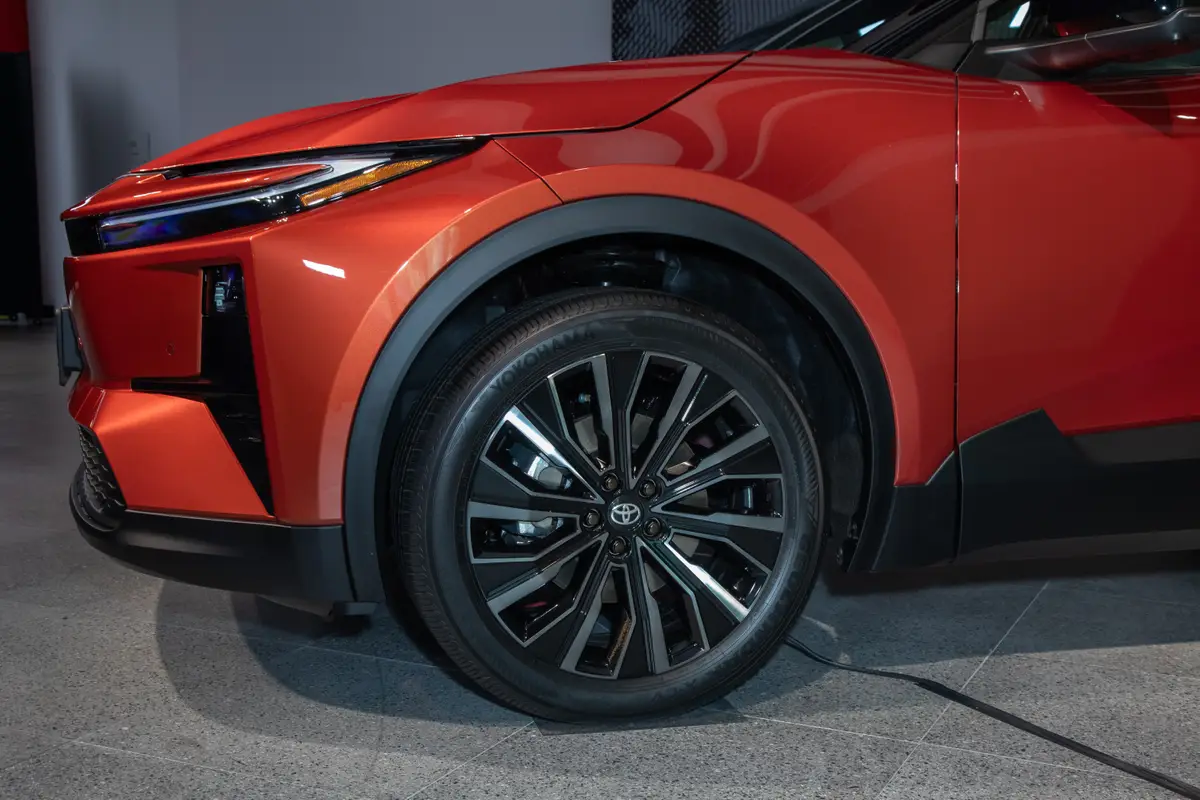
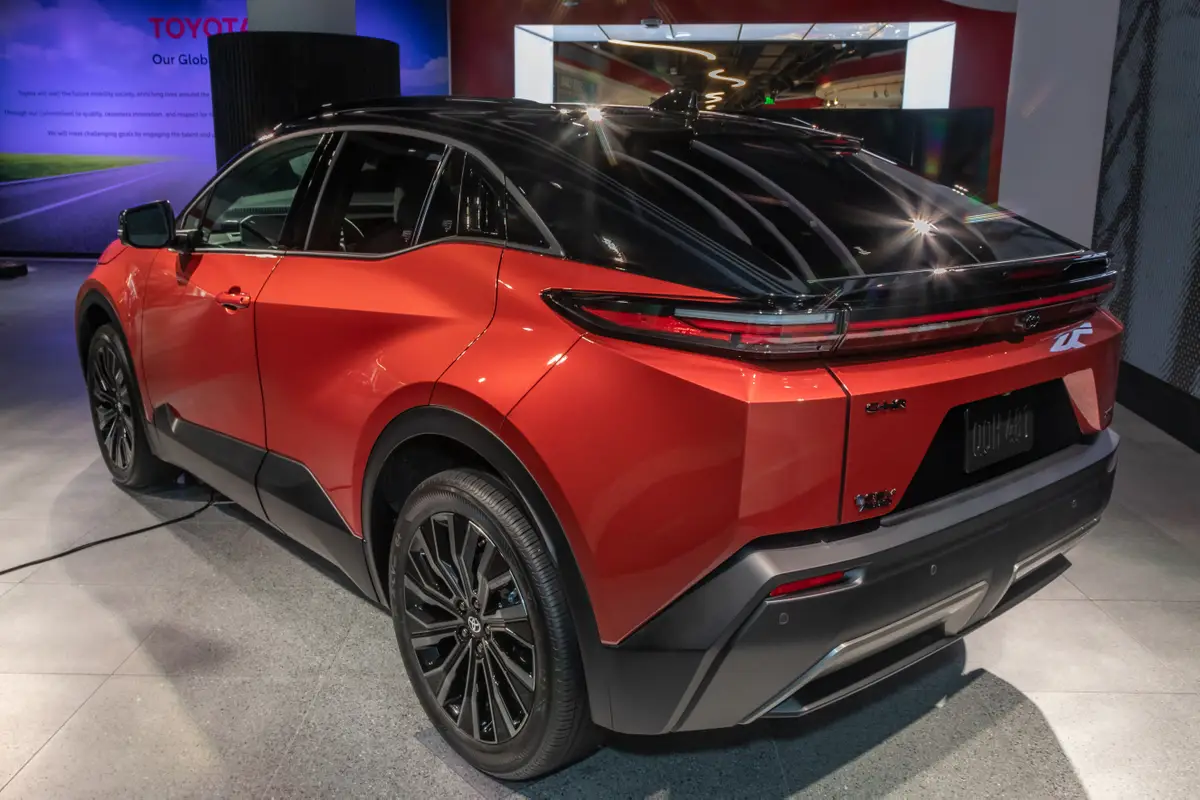
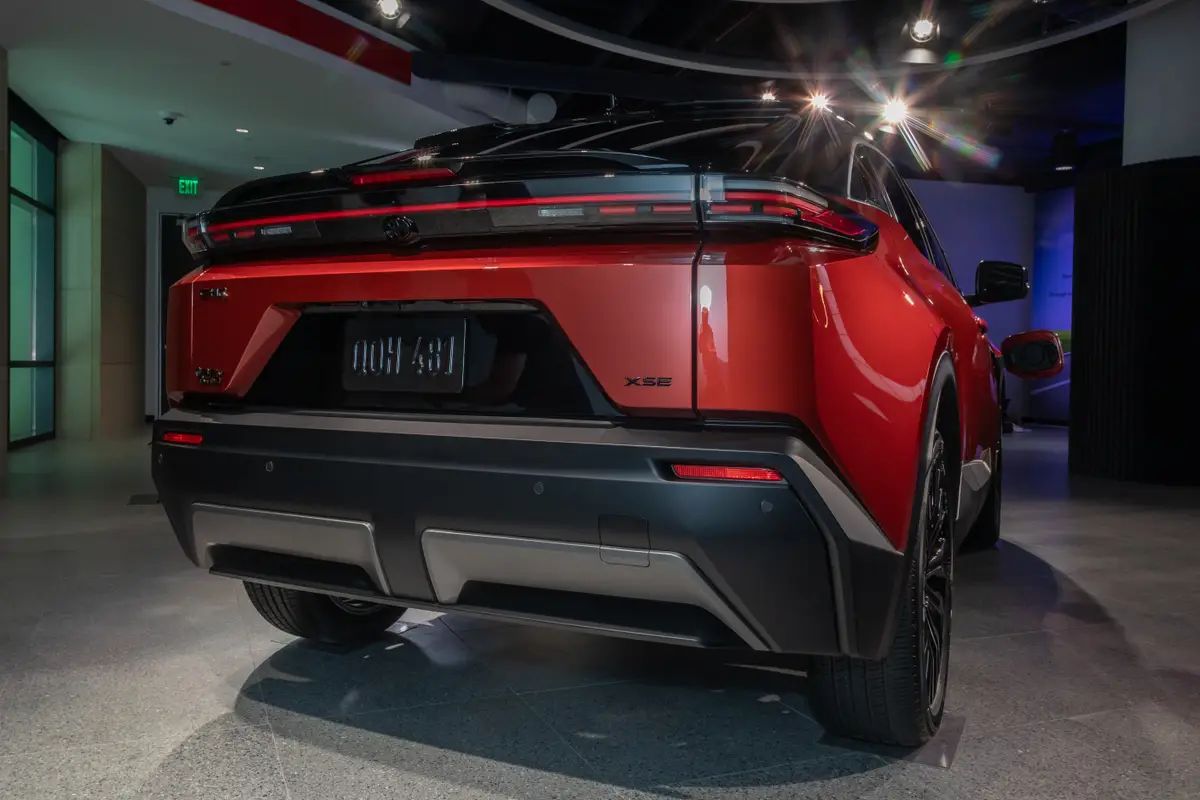
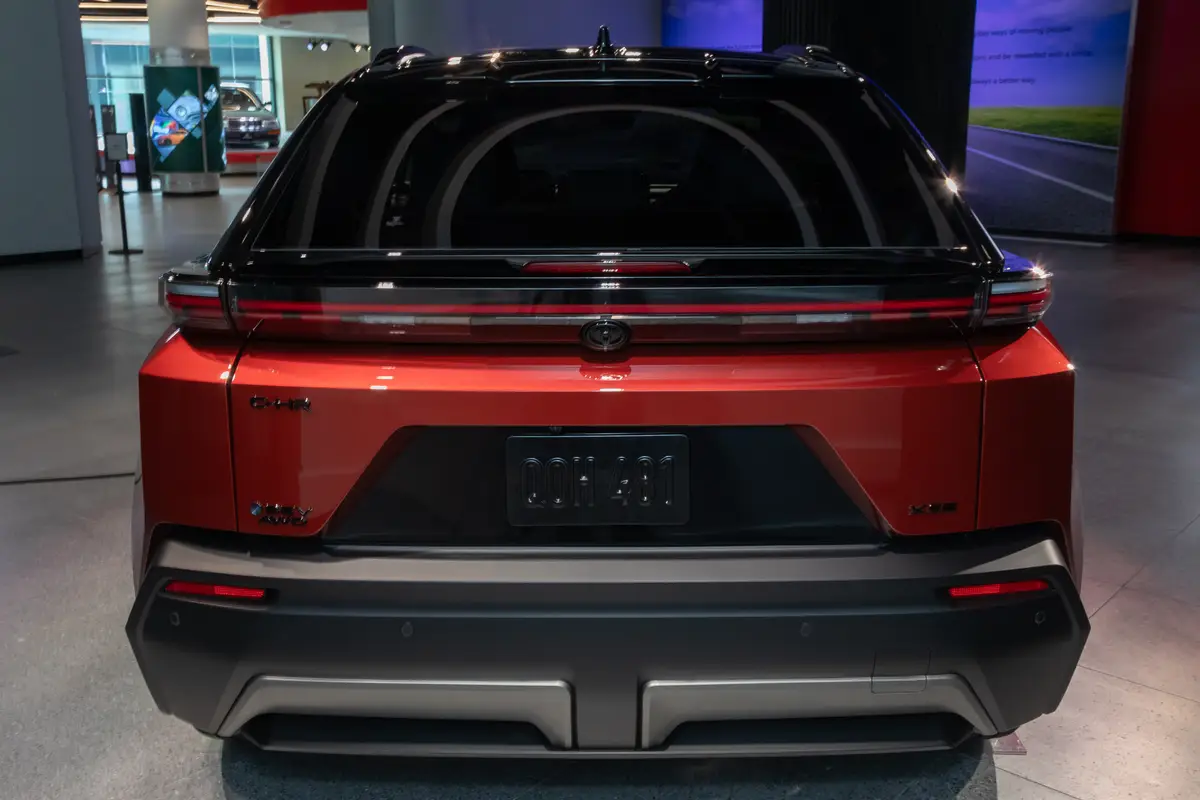
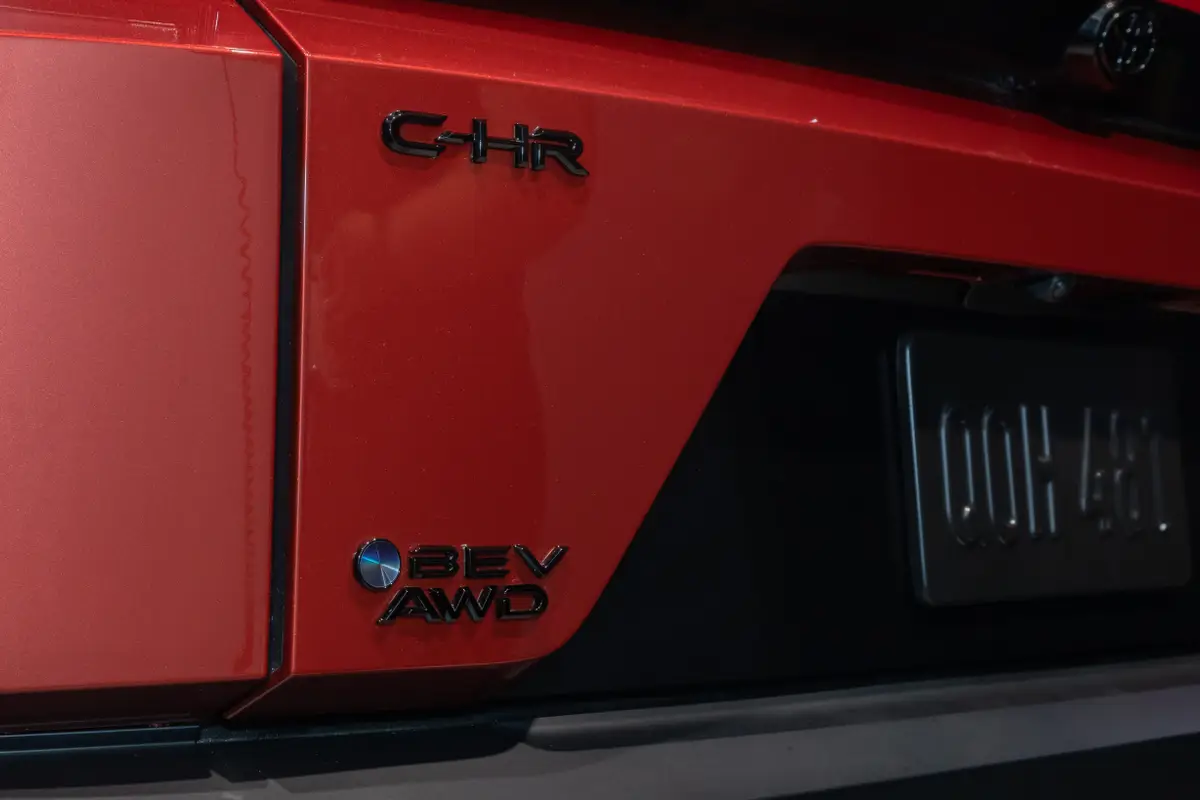
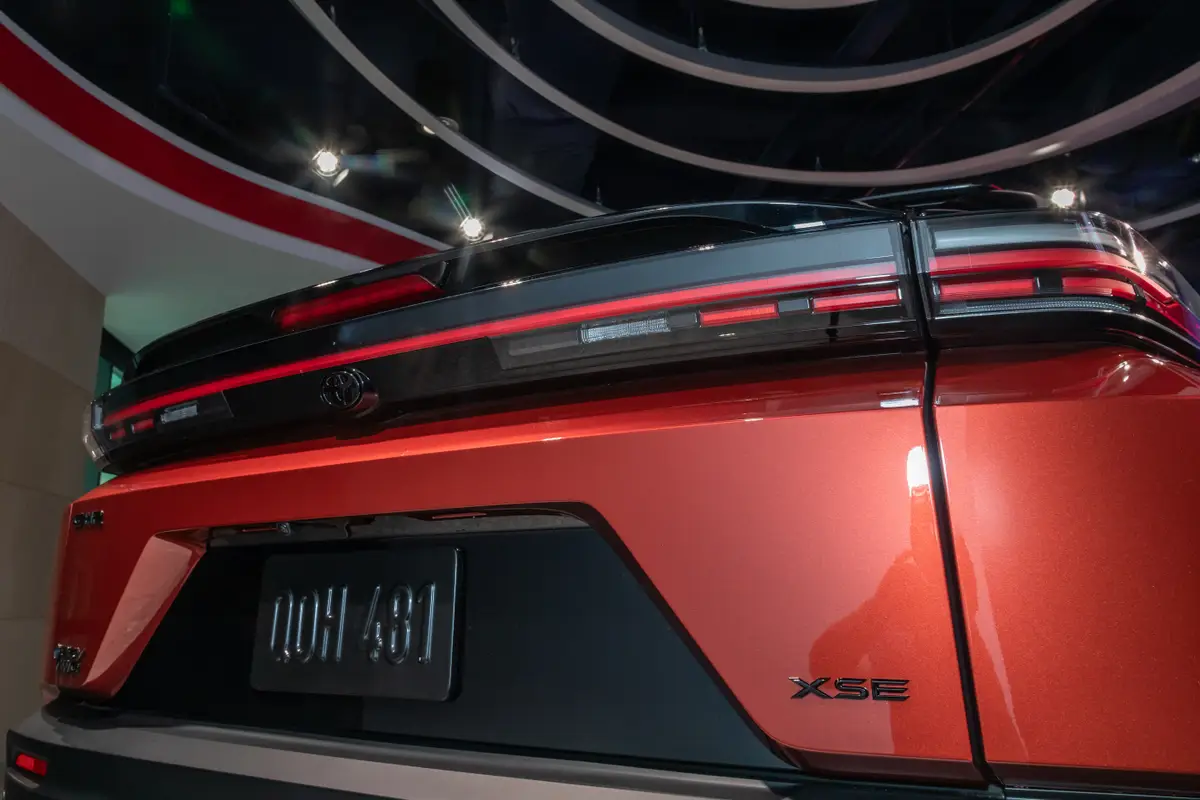
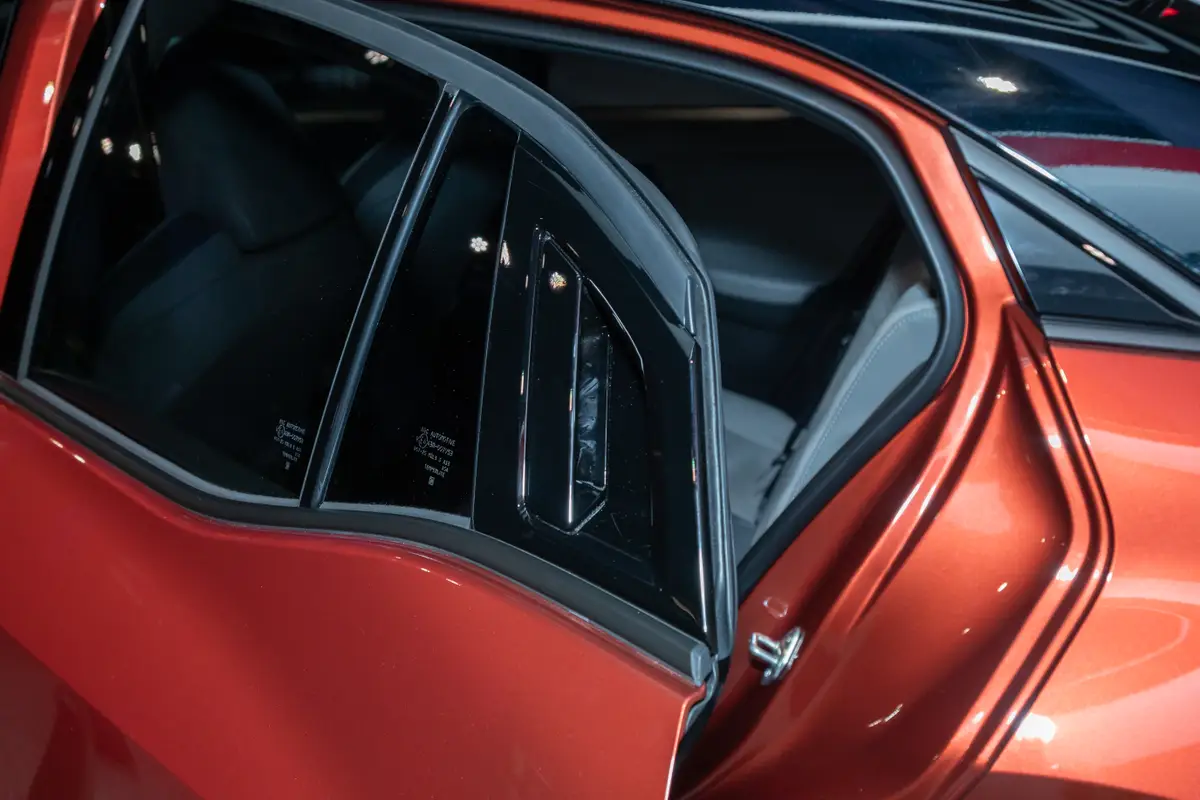











Sharp Looks, Spicy Powertrain
Visually, the C-HR is a sharp, somewhat compact SUV, blending much of the prior gas-only model’s pseudo-hatch appearance with the Toyota bZ’s angularity. This makes complete sense given the C-HR’s significant bZ source material, as it shares the same platform, powertrain, batteries and general interior structure as the larger SUV, albeit with a few key changes.
While the bZ can be had with your choice of single- or dual-motor setups that give you either front- or all-wheel drive, the C-HR is dual-motor all the way. Furthermore, you get just one choice of power, with the standard 74.7-kilowatt-hour battery pack juicing the motors to a tune of a combined 338 horsepower and around 290 miles of range, according to Toyota. Spicy.
That horsepower in a car within 2 inches of the RAV4 means even the basest-of-base C-HR will crack a 0-60 mph time in close to five seconds, according to Toyota. There are no details yet on the mechanical differences between this and the bZ, but I’d be surprised if the C-HR’s chassis wasn’t at least slightly tuned for additional capability and “feel” over the more staid bZ.
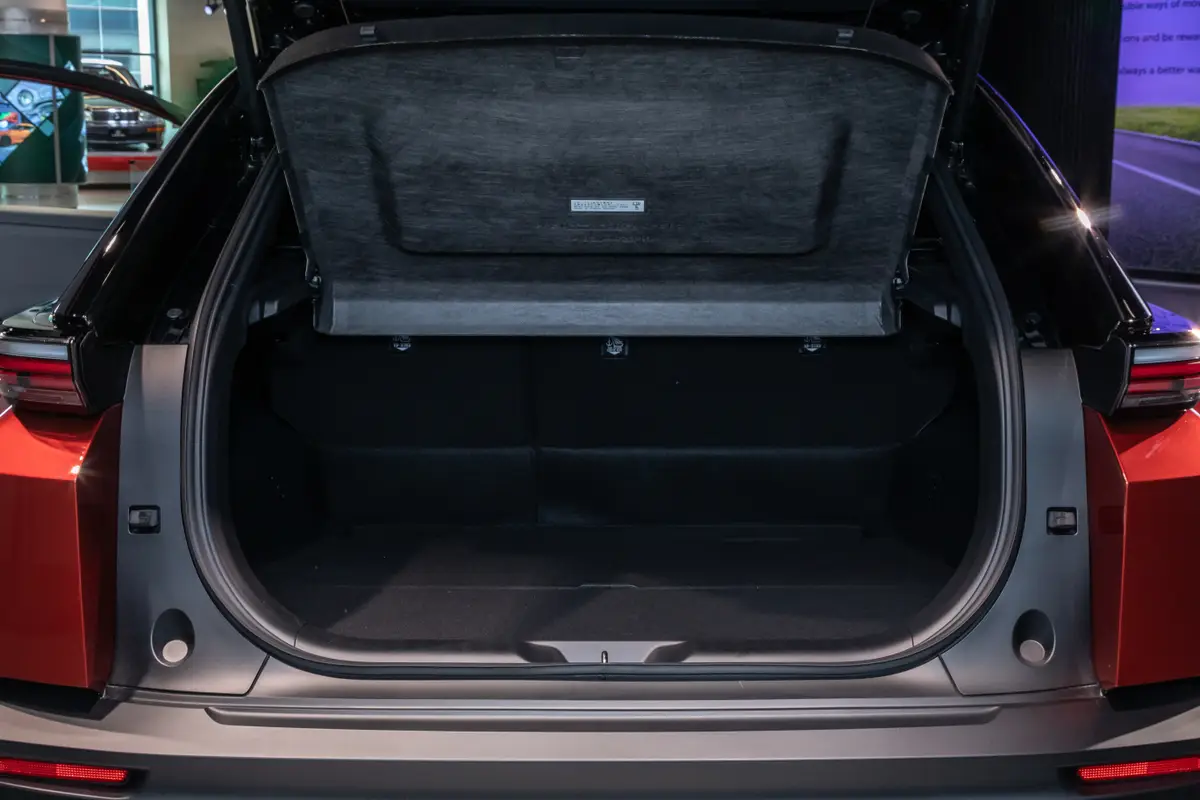
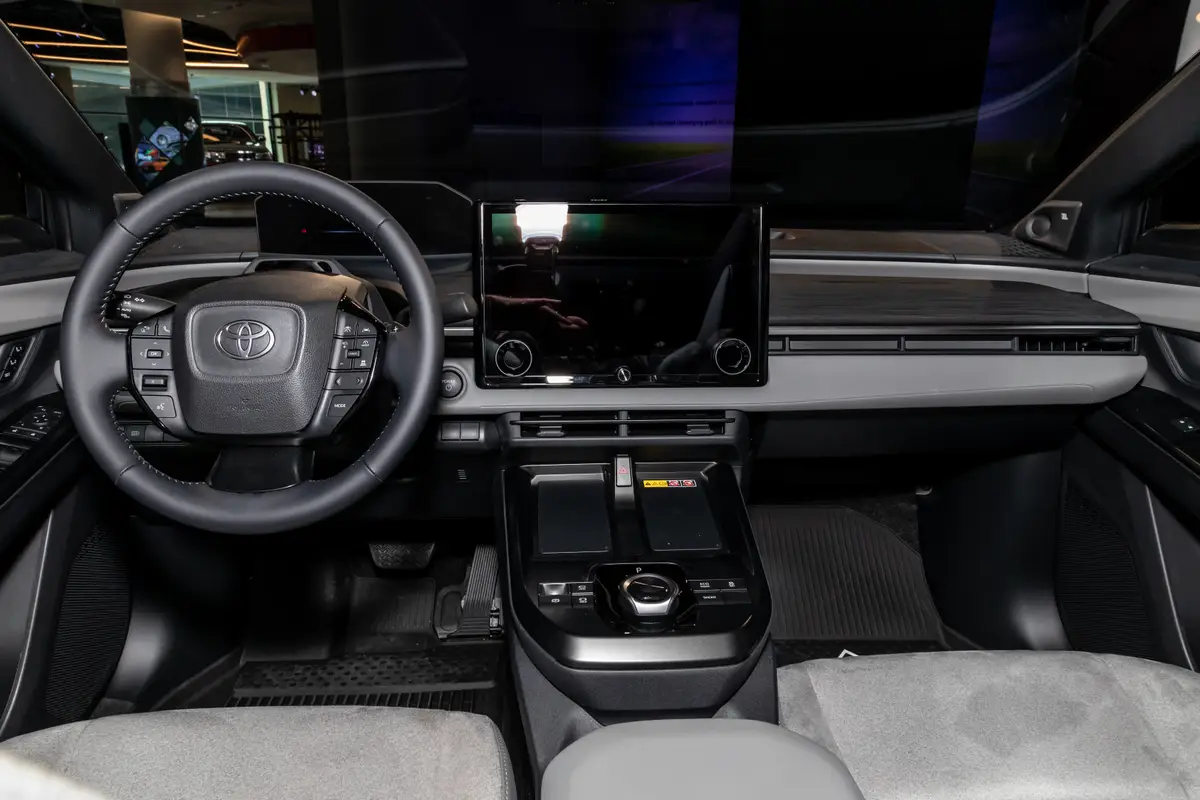
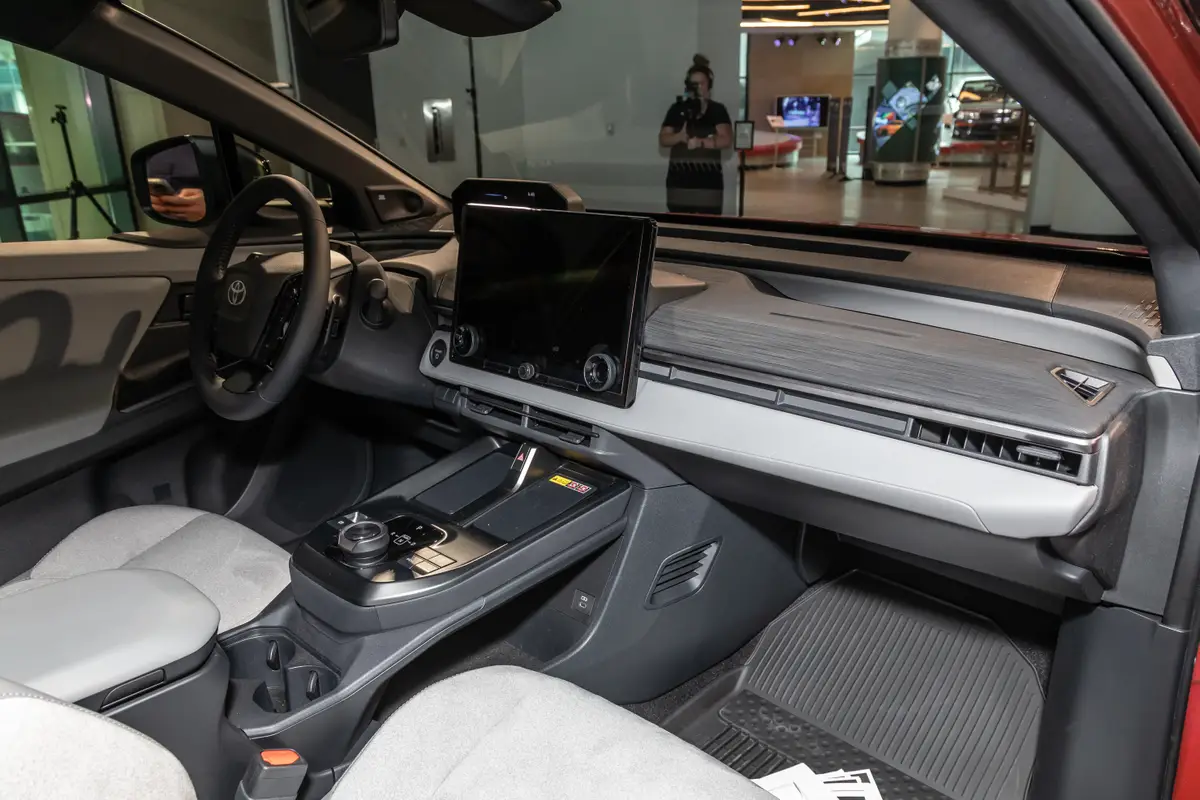
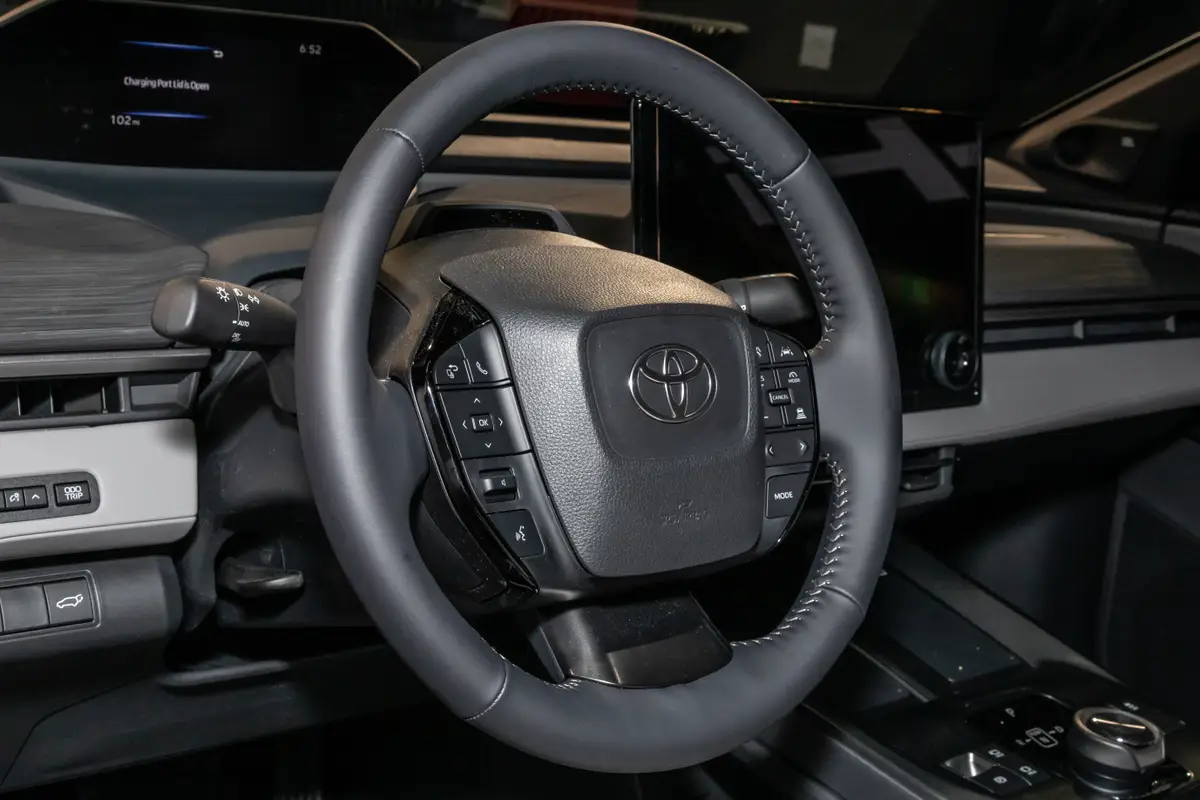
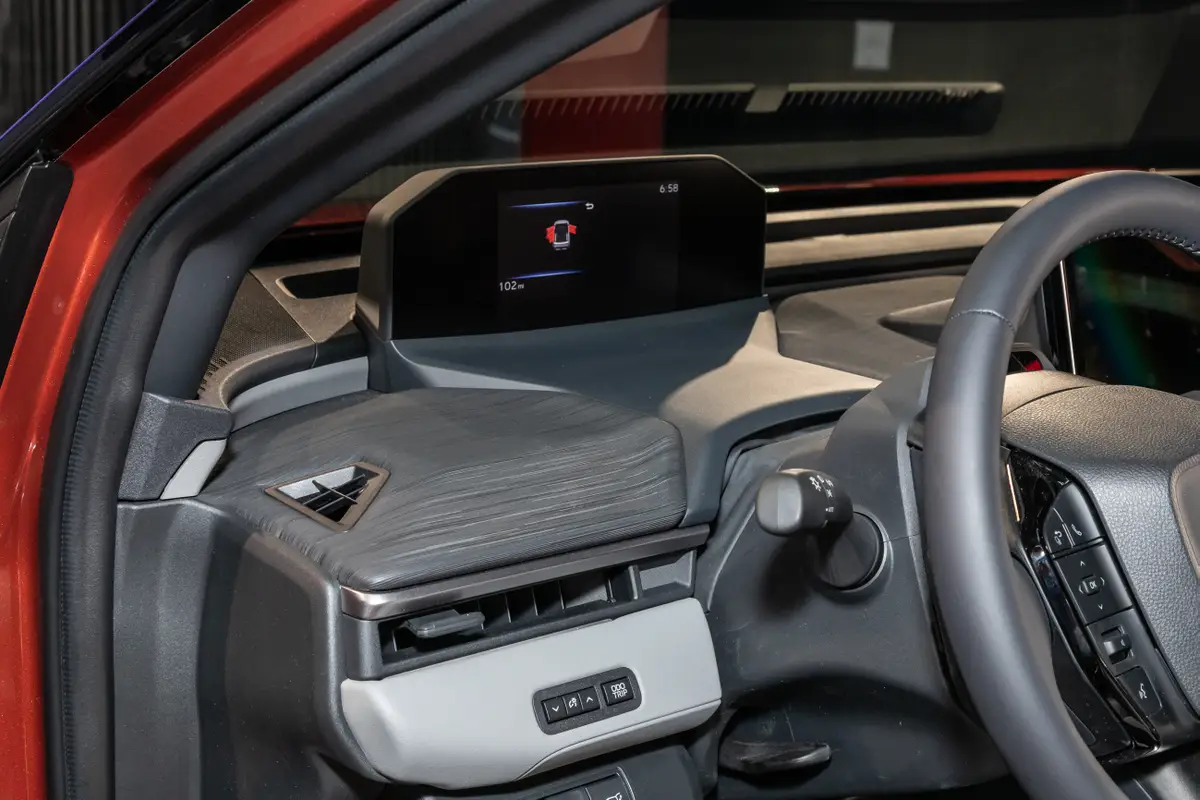
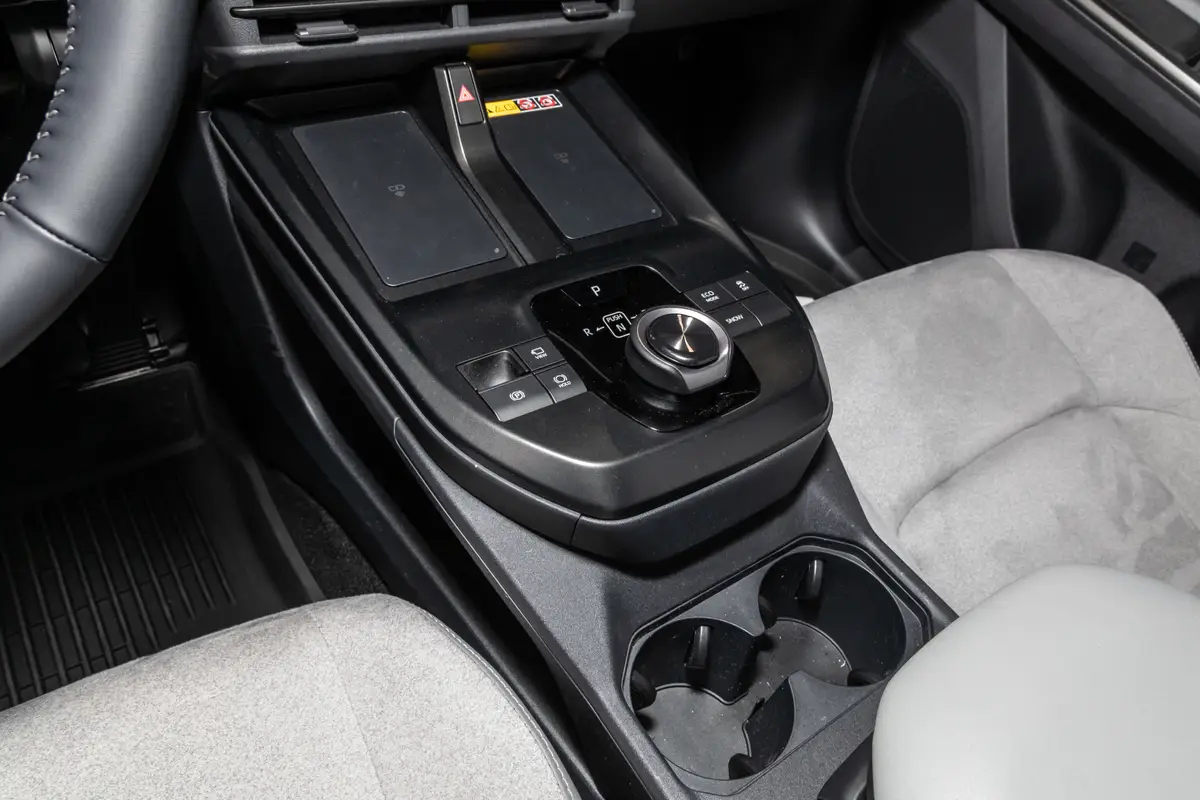
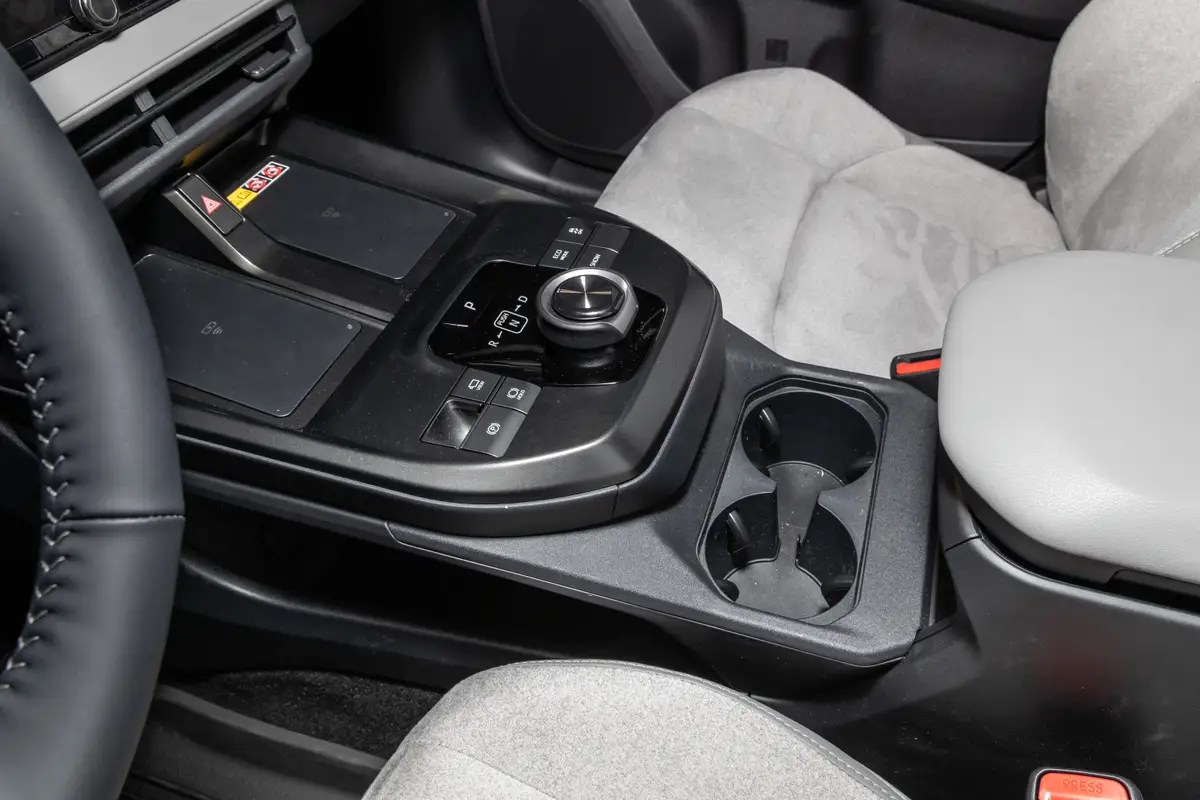
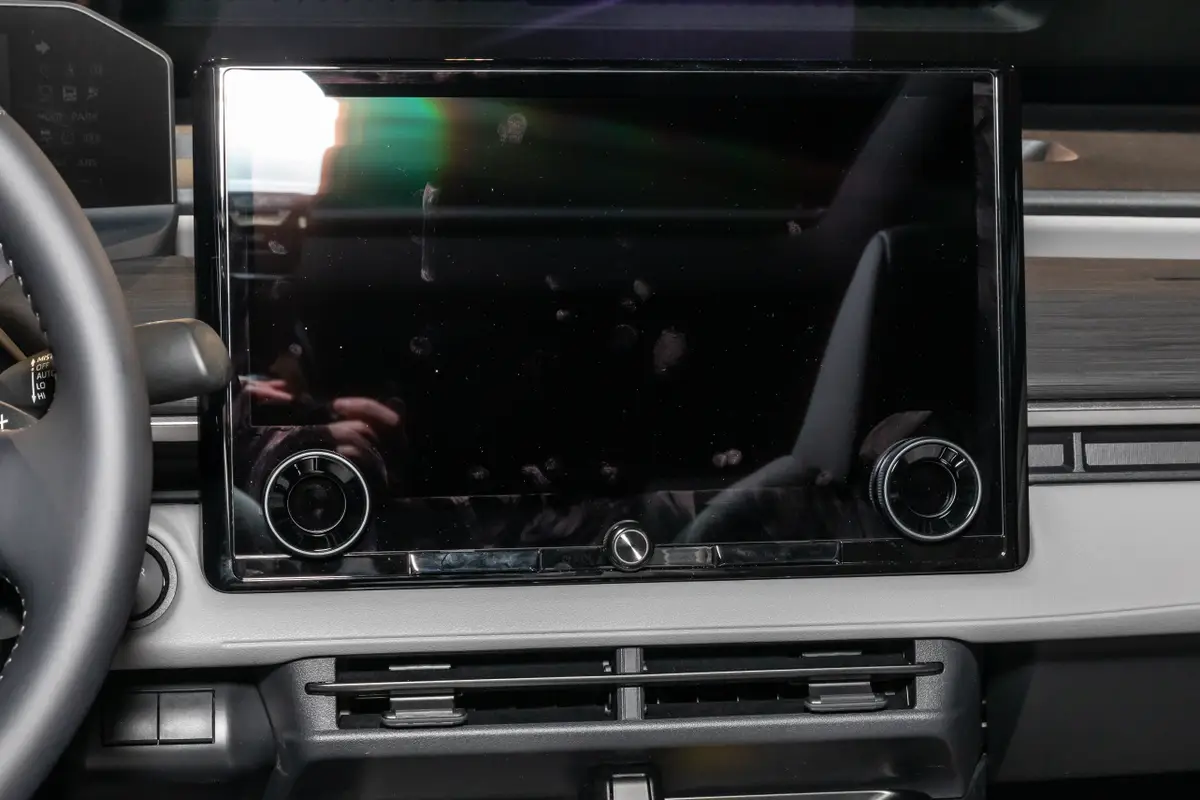
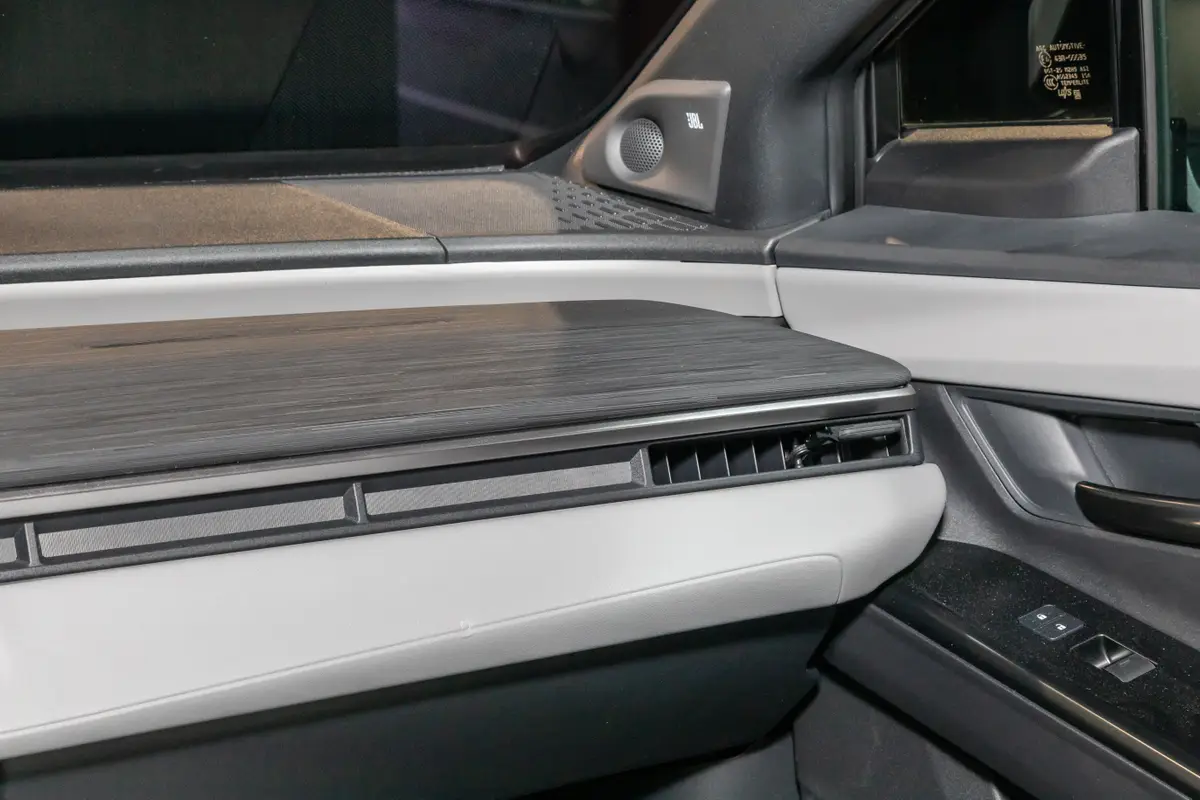
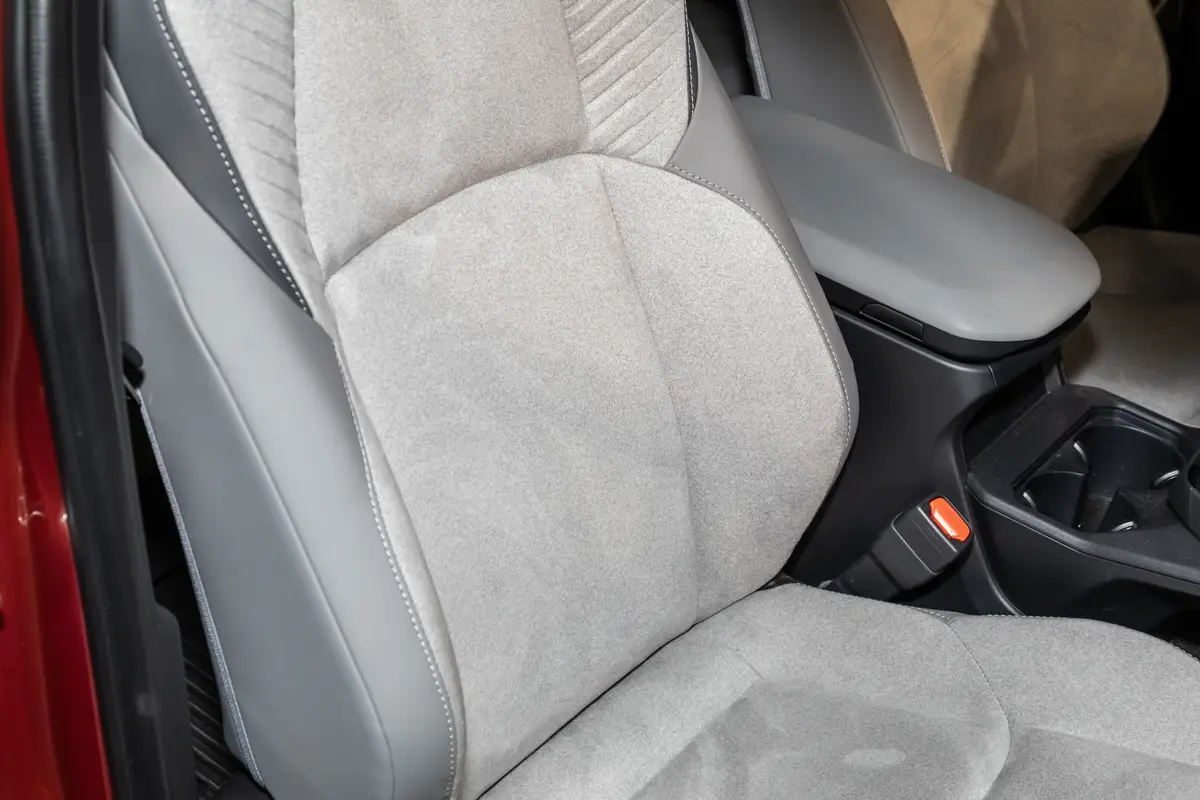
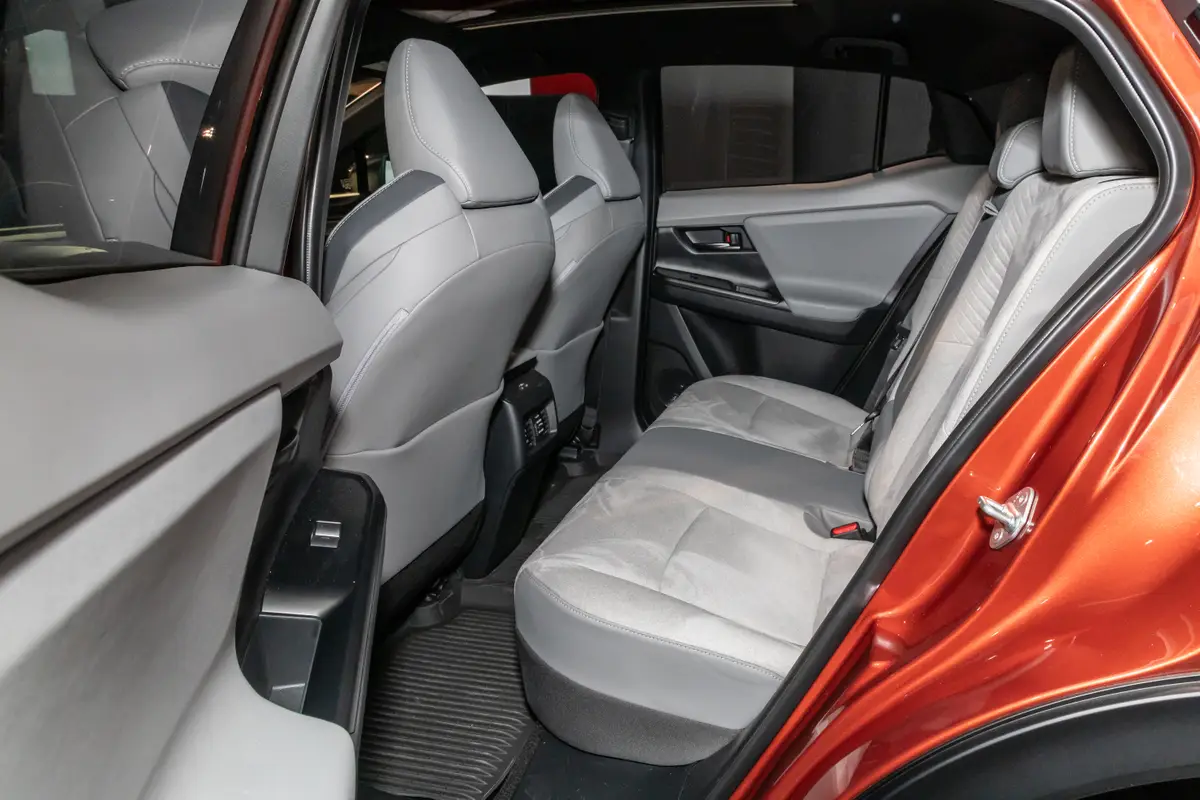











Usable Space Inside
The C-HR is a bit compact, but certainly usable. There are 25.4 cubes of space behind the rear seat, per Toyota’s measurements, the latter folding in a 60/40-split configuration for extra hauling alongside an adjustable-height load floor. Regardless of where you sit, it’s a generally comfortable place to be, with only slight headroom issues for tall rear passengers. Kit and kaboodle appears solid, with both available trims arriving with standard heated front seats, a power-adjustable driver’s seat, parking sensors and a power liftgate.
A 14-inch infotainment display is also standard, integrating climate controls and other vehicle functions that were previously separate controls. Personally, I’m not a fan of that, but such is the industry trend; what I am a fan of is the dual wireless device chargers present on the C-HR I futzed with.
The C-HR is a solid, moderately interesting entry into the ever-expanding electric SUV segment. All my cautious praise could be upended, however, if the pricing turns out to be dearer than expected; I’m hoping for a starting price somewhere in the low-to-mid-$30,000 range. Any more than that, and this might be a harder sell against the modestly more expensive bZ and competition like the Hyundai Kona EV and Tesla Model Y.
More From Cars.com:
- 2026 Toyota bZ Woodland: The Longer, More Powerful Electric SUV
- What to Know Before Purchasing an Electric Vehicle: A Buying Guide
- Toyota Joins Ionna Charging Network Joint Venture
- Here Are the 11 Cheapest Electric Vehicles You Can Buy
- Find Your Next Car
Related Video:
Cars.com’s Editorial department is your source for automotive news and reviews. In line with Cars.com’s long-standing ethics policy, editors and reviewers don’t accept gifts or free trips from automakers. The Editorial department is independent of Cars.com’s advertising, sales and sponsored content departments.

Conner Golden joined Cars.com in 2023 as an experienced writer and editor with almost a decade of content creation and management in the automotive and tech industries. He lives in the Los Angeles area.
Featured stories

15-Year Car Loans Aren’t a Thing, But Americans Are Getting More Comfortable With Long Loan Terms

2025 Kia Telluride Review: Rougher Roads Ahead














